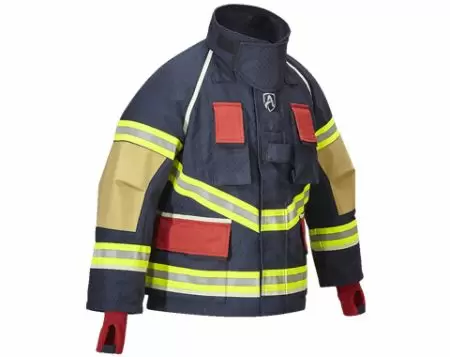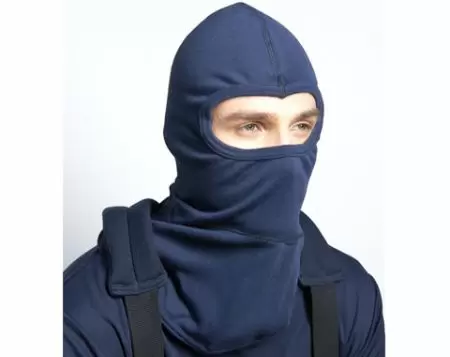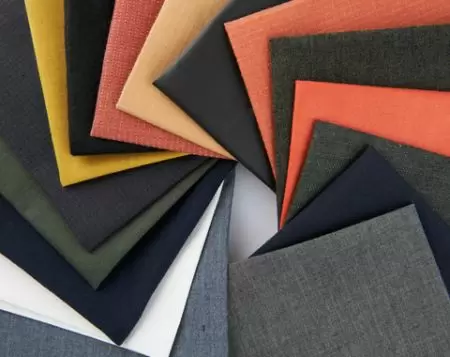[20250709] Pay attention to the risks faced by firefighters wearing protective gear that meets EN 469 standard but has a weaker outer layer.
If the outer shell of a EN 469 firefighting suit is weaker in tear strength, tensile strength, residual tensile strength, and dimensional stability (dimensional change), it can pose serious risks to firefighters during emergency operations. Here's how each weakness could impact safety :
1. Tear Strength (Resistance to Ripping)
Risk :
🔺 A fabric with poor tear strength can rip easily when caught on sharp edges (like metal, glass, or debris at a fire scene).
Consequence :
🔺 Sudden exposure of inner protective layers or skin
🔺 Increased chance of burn injury
2. Tensile Strength (Resistance to Stretching or Breaking)
Risk :
🔺 Low tensile strength means the fabric can stretch or break under stress, such as pulling, dragging, or when wearing heavy equipment.
Consequence :
🔺 Suit deformation, compromising fit and mobility
🔺 Possible seam failures
🔺 Greater chance of garment failure during active firefighting
3. Residual Tensile Strength (Strength After Exposure to Heat/Flame)
Risk :
🔺 If the fabric loses strength after thermal exposure (e.g., direct flame or high heat), it becomes brittle or weak.
Consequence :
🔺 Reduced structural integrity in high-heat areas
🔺 Critical failure during flashover or backdraft conditions
🔺 Inner layers more likely to be compromised
4. Dimensional Change (Shrinkage or Deformation After Washing/Heat)
Risk :
🔺 Poor dimensional stability can lead to significant shrinkage or misshaping after washing, drying, or heat exposure.
Consequence :
🔺 Tightness or misfit, restricting movement
🔺 Gaps forming between gear elements (e.g., sleeve/glove, pant/boot)
🔺 Compromised protection and comfort
Overall Impact on Firefighter Safety
● Greater exposure to heat, flames, and sharp objects ; ● Loss of protective performance during mission-critical moments ; ● Decreased durability, leading to more frequent replacements or unsafe use of worn gear
For optimal protection, the outer shell must not only resist ignition but also retain physical strength and stability under harsh conditions. Weaker materials can seriously undermine the effectiveness of the entire suit, no matter how strong the inner layers are. SUPER ARMOR offers a variety of shell specifications. All shells selected by SUPER ARMOR exceed the EN 469 standard requirements to protect firefighters from the above risks.
To be a global performance leader for firefighting suits and inherently fire resistant fabrics.
[20250709] Pay attention to the risks faced by firefighters wearing protective gear that meets EN 469 standard but has a weaker outer layer. | Explore KANOX® Fire Safety Apparel: Advanced Fire-Resistant Clothing
Established in 1976, Taiwan K.K. Corporation is headquartered in Taiwan and excels in developing and producing top-tier fire retardant fabrics. Our flagship products, the KANOX® and GORNOX series, are highly esteemed for their superior protection and durability in industrial and safety applications. Committed to innovation and stringent quality standards, KANOX® delivers reliable fire-resistant materials that meet the rigorous demands of various industries, ensuring maximum safety and performance through state-of-the-art manufacturing and comprehensive quality control processes.
KANOX® products are engineered for exceptional durability, enduring the toughest conditions while ensuring optimal performance. Our fire retardant fabrics meet and exceed international safety standards, holding certifications such as ISO 9001, NFPA, and EN. This rigorous certification process guarantees that our fabrics provide reliable, long-lasting protection in critical applications. Our commitment to quality and adherence to stringent certification standards highlight KANOX® as a global leader in fire-resistant materials, trusted for safety and reliability.
With over 48 years of experience and advanced technology, KANOX® FR Fabrics / SUPER ARMOR® Turnout Gears offers top-quality protective fire-resistant clothing for firefighters, ensuring each customer's needs are met.




